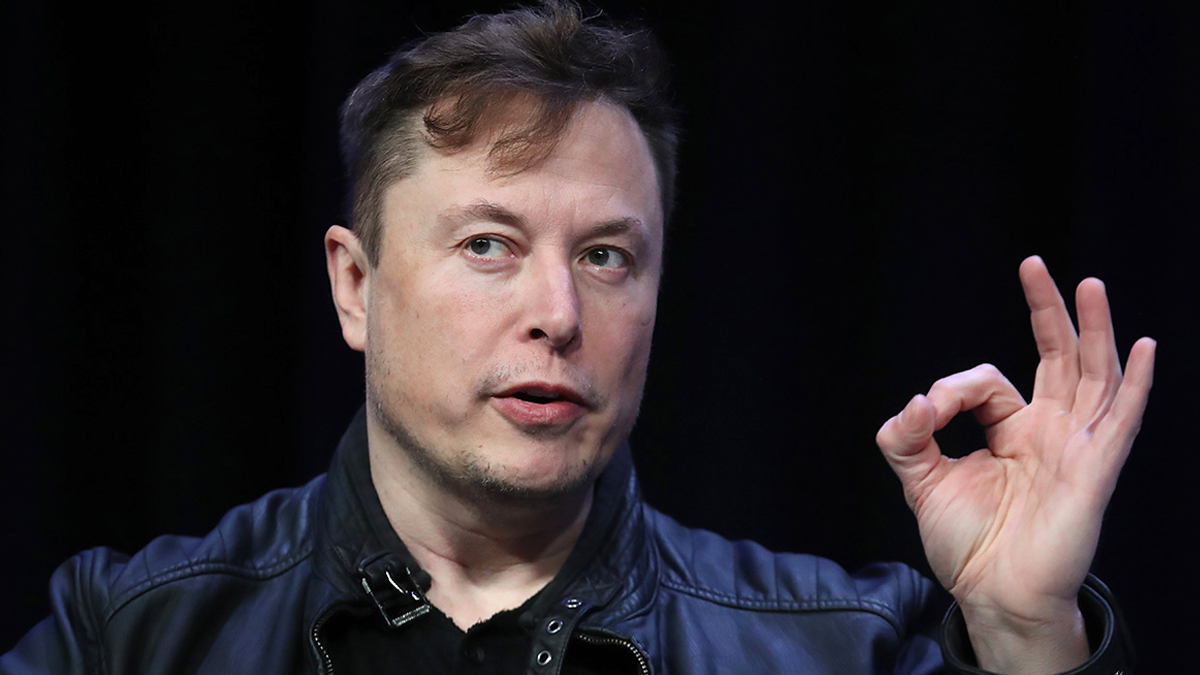Elon Musk’s Take on the Global Population Crisis
Elon Musk has always been a figure who challenges the status quo. Recently, he turned his attention to an urgent issue that could reshape our world: the population crisis in India and China. As two of the most populous countries on Earth grapple with declining birth rates, Musk’s insights provoke a critical conversation about what this means for their futures—and ours.
With both nations facing potential economic repercussions from shrinking populations, many are left wondering how these demographic shifts will impact global dynamics. Will technological innovation provide a silver lining? Or are we staring down the barrel of an aging world struggling to maintain its workforce? Let’s dive into Musk’s perspective and explore the implications for India, China, and beyond.
The Decline in Birth Rates: Key Factors Affecting India and China
India and China are witnessing a significant decline in birth rates, prompting concerns among economists and policymakers. Several factors contribute to this demographic shift.
In both countries, urbanization plays a crucial role. As more people move to cities, the cost of living rises. Families often opt for fewer children due to economic pressures and housing costs.
Education is another vital element. Increasing access to education empowers women, leading them to prioritize careers over starting families early. This trend shifts societal expectations regarding marriage and parenthood.
Cultural changes also influence family planning decisions. Traditional views on large families are giving way to modern perspectives that favor smaller households.
Moreover, government policies affect reproductive choices too. China’s one-child policy is a historical example that significantly altered its demographic landscape.
Understanding these dynamics is essential as they shape the future of population trends in two of the world’s most populous nations.
Elon Musk’s Warning: A Potential Economic Consequence of Low Birth Rates
Elon Musk has raised alarms regarding the potential economic fallout from declining birth rates in countries like India and China. He warns that fewer births could lead to a shrinking workforce, which may stifle innovation and productivity.
A dwindling number of young people means there will be more elderly citizens relying on social services. This imbalance can strain government resources, impacting economic stability.
Musk believes this demographic shift might hinder global growth prospects. With an aging population, nations risk losing their competitive edge in the fast-paced tech landscape.
Moreover, less consumption results from a smaller youth base. Economic engines thrive on demand; without it, markets could stagnate.
As these issues unfold, innovative solutions are necessary to mitigate risks associated with low birth rates and sustain long-term prosperity for all economies involved.
Technological Innovation as a Solution: Musk’s Vision for the Future
Elon Musk envisions a future where technological innovation solves pressing demographic challenges. He believes that advancements in automation and artificial intelligence can offset labor shortages caused by declining birth rates.
Musk often highlights the potential of technology to enhance productivity. By harnessing AI, industries could maintain output levels even with fewer workers. This shift might lead to new economic models that don’t rely solely on population growth.
Moreover, innovations in healthcare could extend life expectancy and improve quality of life for an aging population. With better medical care and preventive measures, older individuals may contribute effectively to society for longer periods.
Musk also champions sustainable energy solutions. Transitioning to green technologies not only creates jobs but addresses environmental issues too. His vision centers around using tech as a bridge between current demographic concerns and a thriving future economy.
India and China: Contrasting Demographic Futures
India and China are on divergent paths when it comes to their demographic futures. While China faces a looming population decline, India is experiencing a youthful surge. This difference could shape the global landscape for decades.
China’s aging population raises concerns about economic sustainability. A shrinking workforce may hinder growth and innovation. The country struggles with low birth rates, largely influenced by past policies that limited family size.
Conversely, India’s demographics present an opportunity for expansion. With a majority of its population under 30, India boasts potential economic vitality. Young workers can drive innovation and entrepreneurship.
However, challenges remain for both nations. India must create jobs to harness its demographic dividend effectively while ensuring access to education and healthcare. In contrast, China needs strategies to support its elderly citizens without overwhelming social services.
These contrasting scenarios highlight the complexities of managing populations in today’s world.
The Global Impact: What Does the Population Crisis Mean for the World?
The population crisis unfolding in India and China has far-reaching implications for the global community. As birth rates decline, these two nations face unique challenges that could reshape economic landscapes.
For countries like India, which is still experiencing population growth yet at a slowing rate, the focus may shift towards managing resources effectively to support an increasingly urbanized society. China’s aging population raises concerns about a shrinking workforce that could hinder its economic momentum.
The demographic shifts will also affect international markets. A declining working-age population can lead to reduced consumer spending and lower innovation rates worldwide. This scenario poses risks not just for local economies but also for global supply chains and trade dynamics.
Elon Musk’s insights on this issue highlight a critical turning point for humanity. The need for technological innovations becomes even more pressing as we confront these demographic changes together. Sustainable solutions are essential as we navigate through an uncertain future shaped by aging populations and decreased birth rates across major economies.
As nations grapple with their respective challenges, it’s evident that collaboration and strategic planning will be key to addressing the looming consequences of this ongoing crisis—a reality we must all pay attention to moving forward.






